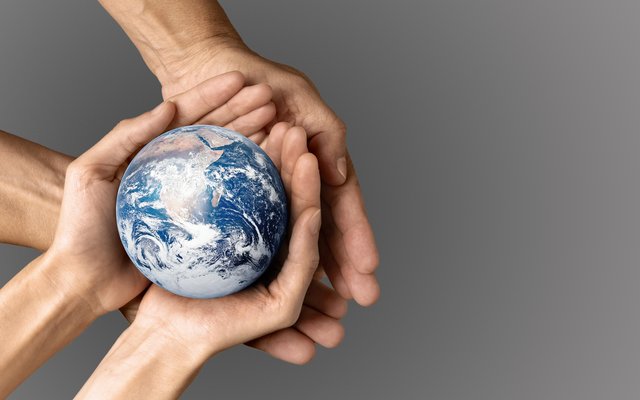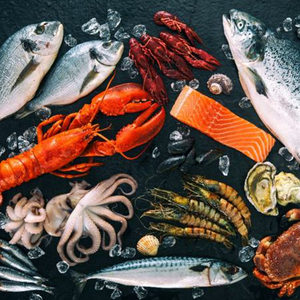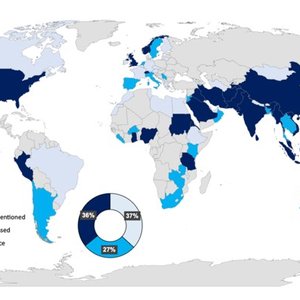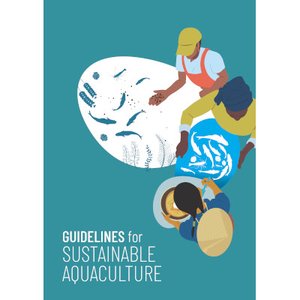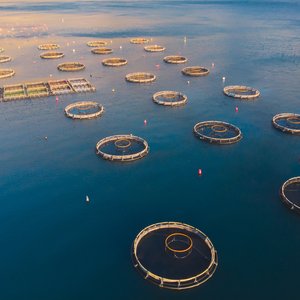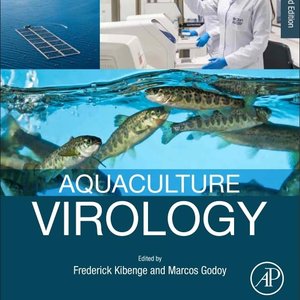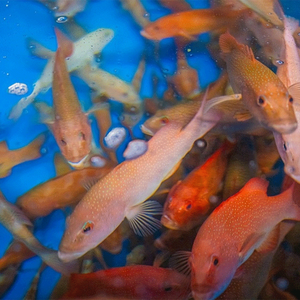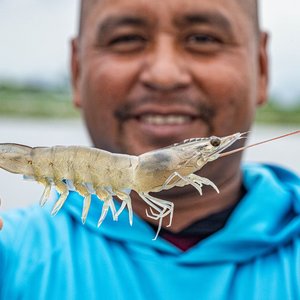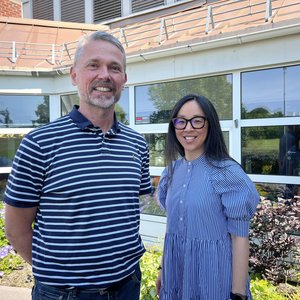The new report, produced by Poseidon Aquatic Resources Management Europe and supported by the Aquaculture Advisory Council (AAC) and the European Commission, examines how EU aquaculture, which grew 11% in volume and 40% in value from 2010 – 2019 representing around 30% of the EU’s seafood production, can confront climate change and how resilient it is.
EU policy framework in the context of aquaculture and climate change
The EU strategic guidelines for a more sustainable and competitive EU aquaculture include considerable detail on climate change adaptation and mitigation. As well as other EU directives that also recognize the direct linkage between sustainable aquaculture development and the impact of climate change.
The EU has also supported several ground-breaking studies to examine the potential impact of climate change on European aquaculture. Horizon 2020 has funded two key projects, CERES and ClimeFish which have produced studies for finfish, shellfish, and seaweed aquaculture species and tools to assist decision-makers and operators.
To identify mitigation points against aquaculture’s contribution to CO2 emissions, various life cycle analyses (LCA) have been developed to estimate the carbon footprint of seafood production at different points in the value chain. This has allowed reducing CO2 emissions across the lifecycle, from aquafeed production to product processing and distribution including the indication to customers of the carbon footprint of several products.
Climate change and its potential impact on EU aquaculture
A climate vulnerability assessment of European aquaculture conducted by CERES suggests that the direct effects of climate-driven warming (through 2050) will have little, direct negative impacts on the currently cultured species.
Most of the vulnerability of Europe’s aquaculture sector is related to indirect effects, such as the availability of raw materials to manufacture feed and the adaptive capacity of cultivation systems. This suggests that the sector might be particularly sensitive to the future development of feed costs, returns and marketing options compared to future environmental change.
Potential solutions to a more resilient EU aquaculture sector
Although climate change has the potential to impact current EU aquaculture production patterns, its effects will also stimulate a diversification into new, possibly lower-trophic species and IMTA systems. There are also potential on-farm solutions to adapting to more variable or extreme environmental conditions for instance through selective breeding and better biosecurity.
Research also shows that opportunities for climate change mitigation and CO2 reductions will come from changes in the supply chain, in particular, by using lower-carbon raw materials for aquafeed.
Recommendations to EU and member states
- Support member states must implement national aquaculture carbon footprint analyses and support more circular and low-carbon aquafeed production or shorter processing and value-added chains.
- Conduct life cycle assessments across all EU aquaculture operations.
- Oversee spatial management for more resilient systems such as offshore or semi-contained pens, as well as promoting IMTA and coexistence with other maritime economic activities.
- Manage cross-EU research to build finfish and shellfish resilience by strains that perform well under more extreme environmental conditions, less-used species that can fill new niches under different climate change scenarios.
- Promote the development of aquaculture clusters, associations, and other collective mechanisms that provide greater commercial resilience to the impacts of climate change.
- Support member states develop aquaculture climate adaptation plans (aCAPs).
Recommendations to EU industry
- EU aquaculture equipment manufacturers, together with farmers, should work with researchers to design more resilient aquaculture systems, improve the control of environmental conditions and use artificial intelligence in environmental management.
- Larger farms should conduct carbon footprint ‘audits’ to evaluate what measures can be taken to reduce their global warming potential.
- Companies should ensure that carbon footprint considerations are included in their purchase decisions, especially for aquafeeds and other potentially high-carbon inputs to favor low-carbon alternatives, and facilitate the circular management of farm waste, both biological and non-biological.
- Third-party aquaculture environmental certification should be pursued by companies as well as carbon management should be introduced in performance metrics.
- Farmers should increase environmental monitoring systems that support good husbandry practices and implement decision-support tools, such as those developed under ClimeFish, to allow better business planning in the face of climate.
- Companies should conduct cost-benefit analyses to switch to photo-voltaic and wind energy with associated battery storage as well as invest in electric vehicles and electric or hybrid marine propulsion systems.
- Food companies should develop new products that utilize low-trophic plants and animals to move away from carnivorous species such as salmon, trout, seabass, and seabream.
Download the report below.


